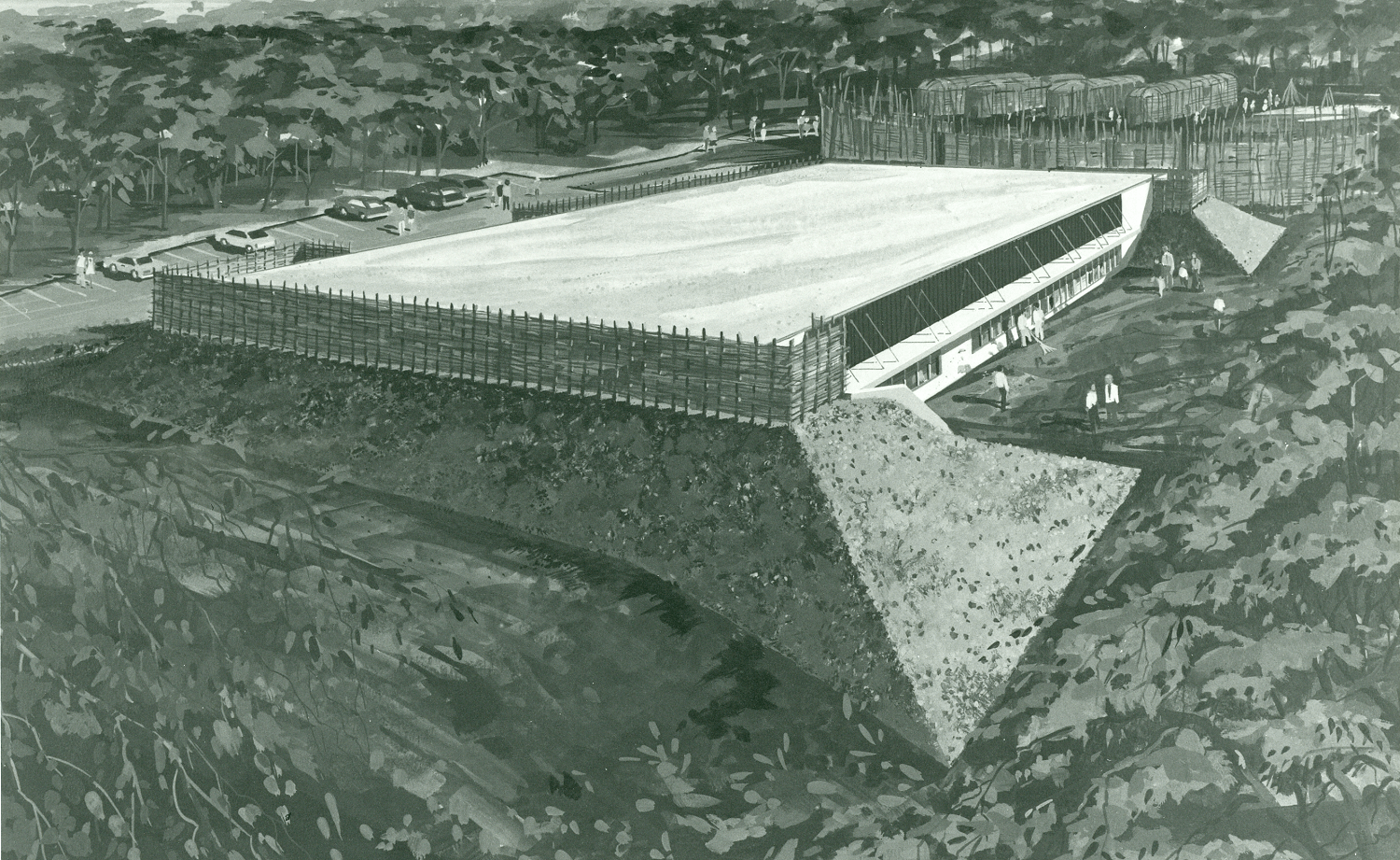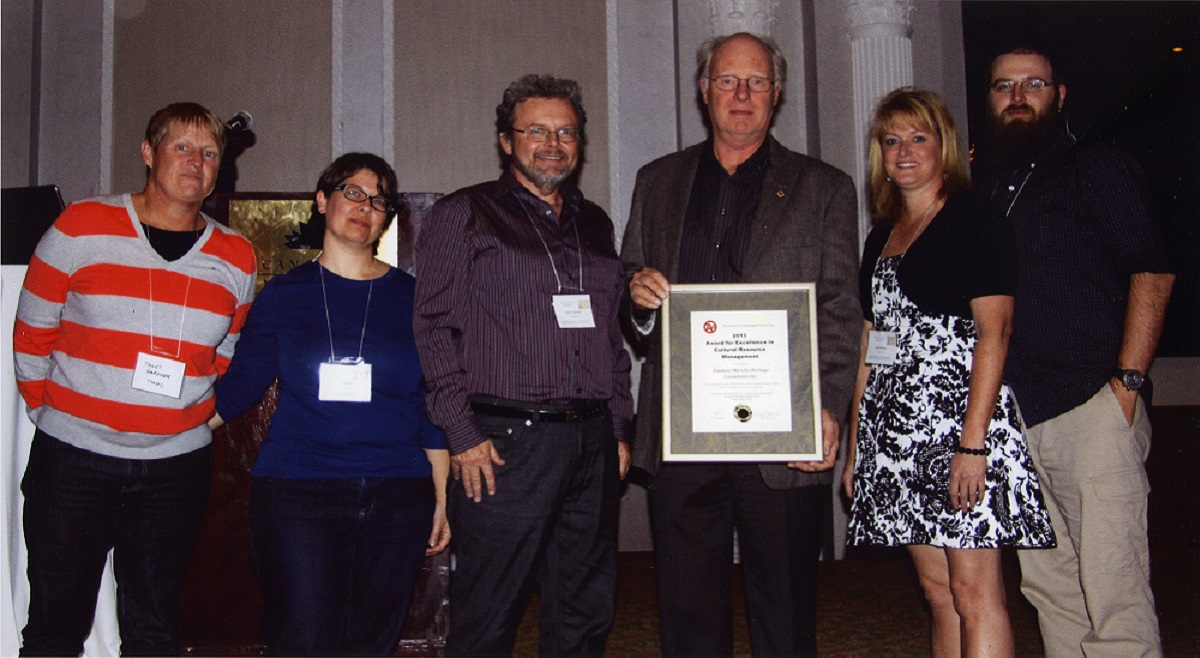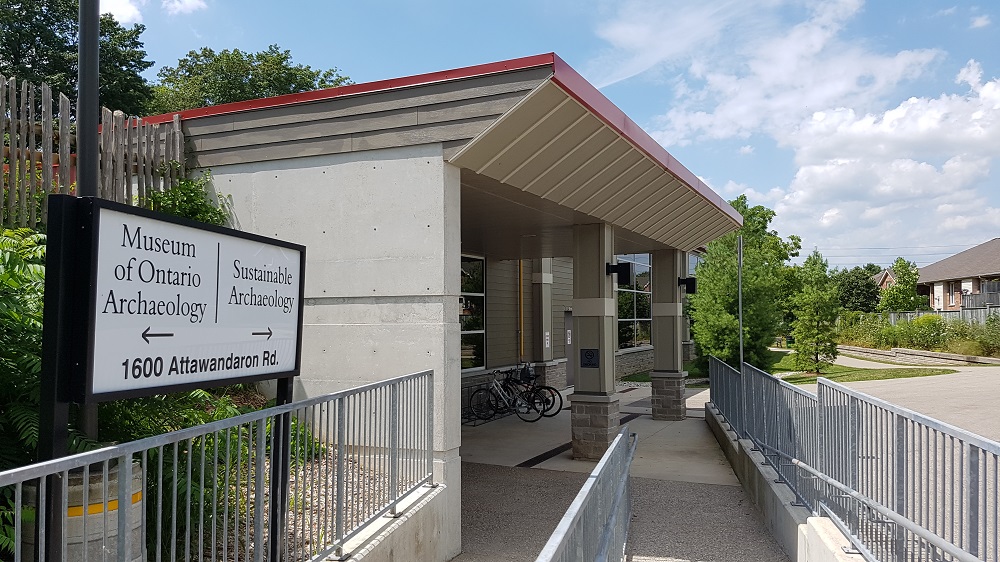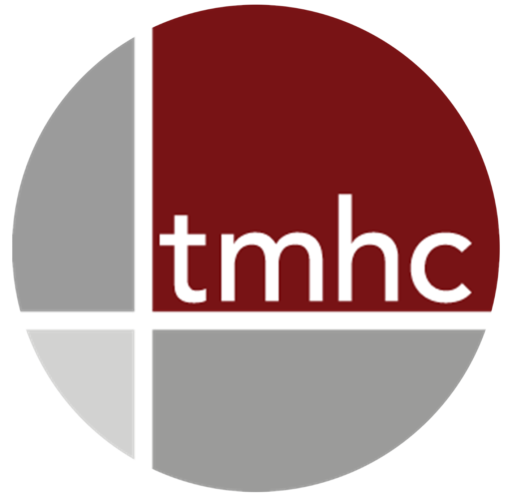Lawson Site
Archaeology in the 21st Century (2012-2017) - It Takes a Village...

Original Site Concept
An Archaeology Hub
From its inception, the Museum’s history at this place by the Lawson Site and the confluence of the Snake Creek and Medway River has been a place – a hub – for archaeological research, education, programing and public participation in discovering and advancing knowledge on Ontario’s rich archaeological heritage, and the countless generations of ancestors since time immemorial who contributed to that heritage. Today, that notion of hub has expanded as more voices, and more dimensions of that heritage, contribute to shaping our knowledge, discovery and celebration. That’s because the Museum recognizes as critical that the archaeological heritage of this place is more than archaeology and more than history, and more than being about the past: it is also vital to understanding ourselves today and who we are here today: people and communities either descended from those ancestors or from away and living here and contributing to the ongoing heritage of this place at this time. This dimension of what heritage represents connects past and present, and all of us today with those generations who came before us here. This vitality to celebrating the archaeological heritage today means the Museum is a hub of many voices - and many ways – of knowing and working with the material past. In 2011, Timmins Martelle Heritage Consultants Inc. moved into the Museum as a tenant and dynamic part of the archaeological community at the Museum. The previous year work began on Sustainable Archaeology, an institution of Western University that would be attached to the Museum's west side.
Timmins Martelle Heritage Consultants Inc. (TMHC)
Founded in 2003, TMHC is a cultural resource management firm specializing in archaeological assessments, cultural heritage inventories and other aspects of heritage management. The company's principals, Peter Timmins and Holly Martelle, have been active supporters of and advisers for the Museum's mandate and the conservation of the Lawson Site.
The Museum's Sustainable Archaeology Repository
The Museum is scheduled to integrate the Western Sustainable Archaeology research facility in 2018. Originally a research grant funded through the Canada Foundation for Innovation, Ontario Research Fund, Western University and McMaster University, these initiatives have sought to advance a sustainable form of archaeological practice and research based on the accumulated archaeological collections record from Ontario, all amassed together in two facilities and linked by common practices, information management, long term care and access. The facility at the Museum is capable of housing over 50,000 boxes of archaeological collections recovered primarily from CRM activities, and which are otherwise would not have been accessible to researchers, Descendant and Indigenous communities, and the public. In taking over the Western facility, the Museum is excited to support and advance a Sustainable Archaeology approach to collections management and archaeological practice in Ontario.
The Museum’s Partnership with Western University and Researchers
The Museum has had a long, close and vital relationship with Western University. This means that Western researchers, students and post-doctoral scholars are a regular part of the Museum’s community, supporting the Museum’s Board or its programming, running and doing courses or course projects through the Museum, or conducting research at the Museum on Museum collections or in collaboration with the Museum itself. A notable dimension of this relationship is the Museum’s Lawson Chair in Canadian Archaeology, which is a cross appointed position between the Museum and the Department of Anthropology in the Faculty of Social Sciences at Western. The Lawson Chair is responsible for leading and advancing all research at the Museum.
The Museum also welcomes scholars, students, CRM archaeologists, and experts in a wide range of fields from other communities, institutions and universities who come to the Museum for their research in archaeological, historical, museum, art, heritage and Indigenous traditions and cultural, community-based fields of study. Some researchers who come to the Museum for extended periods of time or to conduct ongoing research projects are granted Research Associate status with the Museum and bring their expertise to the Museum and are an important contributing part of the community gathered at the Museum day to day.

Timmins Martelle Presented Ontario Archaeological Society's Award for Excellence in CRM (Photo Credit: R. Fecteau)- 2013

Sustainable Archaeology - 2017
Advisory Committees
Contemporary heritage education and management, particularly in areas touching on Indigenous heritage and worldviews, requires a wider circle of voices and more communally-driven authority and expertise. To this end, the Museum of Ontario Archaeology relies on stewardship and advisory committees made up of an array of experts.
Lawson Site Management Committee
Reporting to the Museum's board of directors, this ad-hoc committee advises on the care management of the Lawson Site property, and works with Museum staff to develop a long-term site management plan.
Education Review Committee
In keeping with recommendations from the Truth and Reconciliation Commission (TRC) and reflecting the Museum's ongoing commitment to education, the Museum struck this ad-hoc to review current Museum curricula. Made up archaeological and Indigenous representatives, the committee advises on changes to current Museum curricula centered around advancing our understanding of Ontario's archaeological heritage, which extends as much as 13,000 years into the past when humans were first able to move into this region with the recession of the glaciers. The committee's mandate focuses on the 2015 findings of the TRC, specifically the need for more inclusivity of First Nations perspectives about the province's cultural history and contemporary relevance of these communities in Museum educational programs.
Sustainable Archaeology Advisory Board
As a member of Sustainable Archaeology repository initiative, the Museum looks to the guidance and direction offered by the Sustainable Archaeology Advisory Committee, a body created and designed to offer best practices and stepping stones to a 21st century sustainable form of archaeological practice. The SAAC works as a dual consensus decision maker, with half the representatives being members of the archaeological community, and half the members representing First Nations communities. The role of this committee is to provide direction and decision making to participating Sustainable Archaeology repositories and the archaeological community more generally on matters of best practices related to the good care, accessibility, research, and documentation of Ontario's rich archaeological heritage. Among other responsibilities, the Board can determine the accessibility, de-accessioning and special care of artifacts and community identified culturally sensitive classes of artifacts. The SAAC also articulates policies arising from their ongoing discussions around archaeological practice embracing reconciliation through being in the service of the Indigenous heritage values embodied in the archaeological record.
